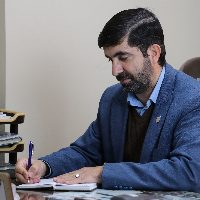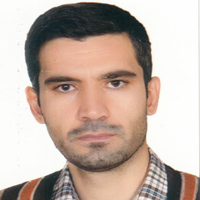Enhancing Simultaneous Interpretation Skills between Arabic and Persian: A Case Study of the "Summarization" Skill
Simultaneous interpretation, an age-old yet increasingly vital skill, gained prominence during World War II due to the urgent demand for its application. The significance of simultaneous interpretation and its associated skills is determined by the level of need, thus prioritizing its development. This discussion focuses on the skill of summarization, a crucial aspect of translation and simultaneous interpretation between Persian and Arabic. Despite its pivotal role in translation and interpretation, summarization has been somewhat overlooked with experts primarily utilizing it in written translation rather than in simultaneous interpretation. However, the latter holds greater importance as it allows no time for reflection or revision unlike written translation. Therefore, there is a pressing need to emphasize simultaneous interpretation and its teaching methods given that the results of simultaneous interpretation are immediate. In the current era often referred to as the "Evolution of Information", there is a necessity to conduct research on the political, security, and economic factors influencing simultaneous interpretation to achieve its objectives. Despite numerous research endeavors on simultaneous interpretation, many remain confined to the framework of theses or academic articles, lacking recognition as primary references. One significant outcome of this research was the revelation that summarization was not exclusively associated with written translation until before World War II as it had since become integral to simultaneous translation. Furthermore, the challenges of translating between Farsi and Arabic were found to be underscored due to the imperative nature of summarization in simultaneous interpretation, demanding immediate attention. This research garnered the interest of experts and students, leading to the organization of training courses on simultaneous translation and its associated skills, consequently increasing the number of proficient simultaneous translators.
-
The Effect of Phonetic Levels of Arabic Language in Learning Arabic Listening and Speaking Skills of Non-Arabic Speaking Iranians
Mohammadmahdi Gholami, *, Sayed Reza Mirahmadi
Language Research, -
Analysis of Iranian students’ errors in translating prepositions from Arabic to Persian (Semnan University as an example)
Mohammadjavad Pourabed, Rasoul Balavi, *
Studies in Arabic Teaching and Learning, -
Semantic Analysis of the Eschatological States of the Righteous and Sinners in the First Half of the Noble Qur'an Based on the Conceptual Blending Theory
Hossein Bayat, Morteza Ghaemi *,
Journal of Stylistic Studies of the Holy Quran, -
Critique of scientific research articles in the field of entrepreneurship in the humanities
*
Journal of Interdisciplinary Studies in Arabic Language and Literature,




